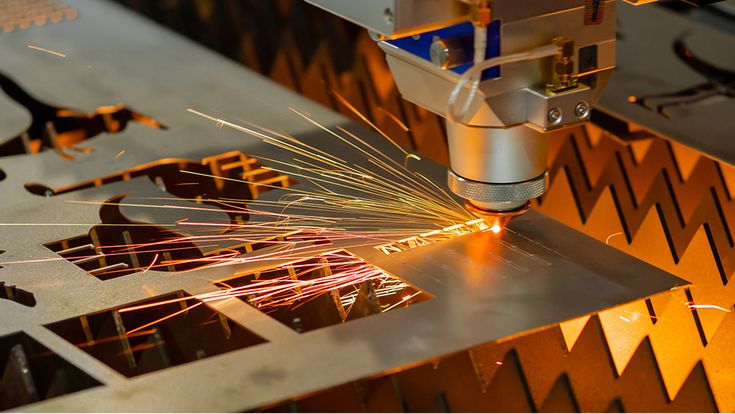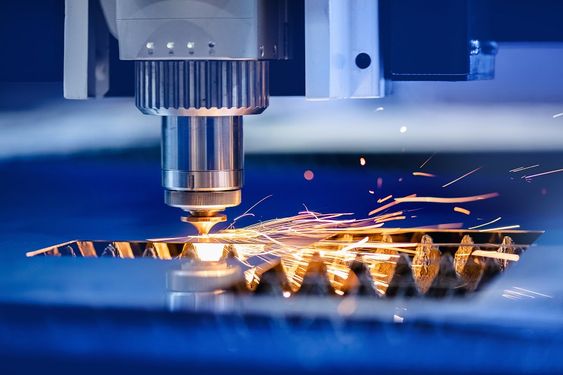Laser cutting has emerged as a revolutionary technology in the fields of manufacturing and design, offering unparalleled precision and versatility. From intricate designs to large-scale industrial applications, laser cutting has transformed how we approach fabrication and production. This article delves into the mechanics, advantages, and diverse applications of laser cutting, highlighting its significant impact on modern industry and creative processes.
The Science Behind Laser Cutting
Laser cutting is a technology that uses a high-powered laser beam to cut and engrave materials. The process involves directing the laser through optics and computer numerical control (CNC) to follow a specified pattern. The concentrated light beam heats the material, causing it to melt, burn, vaporize, or be blown away by a jet of gas, resulting in a precise cut.
Different Types of Laser Cutting Technologies
- CO2 Lasers: Ideal for cutting, boring, and engraving a variety of materials such as wood, acrylic, glass, and plastics. CO2 lasers are widely used due to their efficiency and cost-effectiveness.
- Fiber Lasers: Known for their high power and precision, fiber lasers are used for cutting metals and other hard materials. They offer faster cutting speeds and are more energy-efficient than CO2 lasers.
- Nd:YAG and Nd:YVO Lasers: These lasers are used for high-power applications and are capable of cutting through thicker and more reflective materials, such as metals.
The Benefits of Laser Cutting
- High Precision: Laser cutting provides exceptional accuracy, allowing for intricate designs and detailed cuts that are difficult to achieve with traditional cutting methods.
- Versatility: This technology can cut a wide range of materials, including metals, plastics, wood, glass, and textiles, making it suitable for diverse applications.
- Speed and Efficiency: Laser cutting is a fast process, capable of producing large quantities of items quickly without sacrificing quality.
- Reduced Waste: The precision of laser cutting minimizes material wastage, making it an environmentally friendly option.
- Low Maintenance and Operational Costs: Once set up, laser cutting systems require relatively low maintenance and operational costs compared to other cutting technologies.
The Wide-Ranging Applications of Laser Cutting
- Manufacturing: Used for creating machine parts, electronic components, and automotive parts with high precision.
- Architecture and Construction: Enables the production of detailed architectural models and decorative elements.
- Fashion and Textiles: Allows designers to cut intricate patterns and designs into fabrics and other materials.
- Medical Devices: Used in the fabrication of precise medical instruments and implants.
- Signage and Advertising: Ideal for creating detailed and customized signs, displays, and promotional materials.
- Art and Jewelry: Artists and jewelers use laser cutting for intricate designs and detailed craftsmanship in various materials.

The Future of Laser Cutting Technology
As technology advances, so does the potential of laser cutting. Innovations include:
- Hybrid Systems: Combining laser cutting with other processes like 3D printing and CNC machining to enhance capabilities.
- Enhanced Automation: Integration with robotics and AI for fully automated production lines.
- Improved Energy Efficiency: Development of more energy-efficient lasers to reduce operational costs and environmental impact.
- Advanced Materials: Exploration of new materials that can be efficiently cut using laser technology.
Laser cutting stands at the forefront of manufacturing and design innovation, offering unmatched precision, efficiency, and versatility. Its wide-ranging applications across various industries underscore its transformative power. As technology continues to evolve, laser cutting will undoubtedly play a crucial role in shaping the future of production and creativity. By harnessing the power of light, we unlock new possibilities and push the boundaries of what is possible in design and fabrication.

